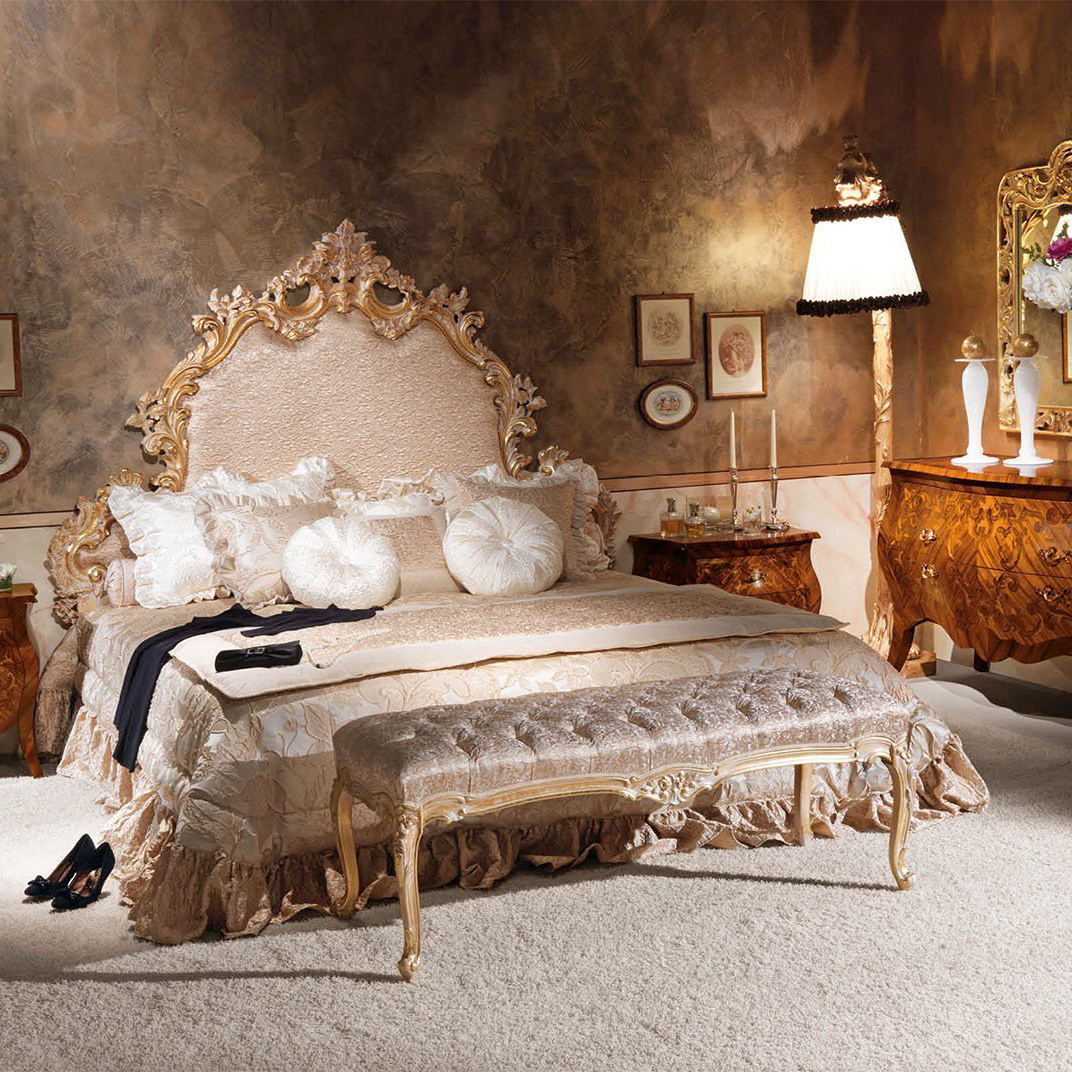Danish pendants are renowned around the world for their exquisite craftsmanship and unique design. The Scandinavian style is characterized by simplicity, elegance, and functionality, and Danish pendants embody these qualities perfectly. In this article, we will explore the history behind Danish pendant design, the various styles of Danish pendants available, and the reasons why they are so highly prized in the world of jewelry today.
The History of Danish Pendant Design
The history of Danish pendant design dates back to the early 20th century, when prominent Danish designers such as Georg Jensen began experimenting with new forms and materials. The emergence of the Art Nouveau movement in Europe also influenced Danish pendant design, with many designers incorporating flowing curves, stylized floral motifs, and natural elements into their pieces.
During the mid-20th century, Danish pendant design became even more innovative and experimental, with designers such as Hans Wegner and Arne Jacobsen pushing the boundaries of traditional materials and forms. Danish pendants from this time period often feature clean lines, minimalist shapes, and innovative use of materials such as bentwood, wire, and mesh.
Today, Danish pendant design continues to evolve, with contemporary designers blending traditional craftsmanship with modern techniques and materials. Danish pendants are celebrated not only for their beauty and elegance, but also for their functionality and durability.
The Many Styles of Danish Pendants
Danish pendants come in a wide range of styles, from classic and timeless designs to bold and modern pieces. Some of the most popular styles of Danish pendants include:
Georg Jensen Pendants
Georg Jensen is one of the most celebrated Danish designers of all time, and his influence on Danish pendant design is still felt today. Georg Jensen pendants are known for their fluid and graceful shapes, as well as their intricate details and use of natural materials such as silver and gold.
Mid-century Modern Pendants
Mid-century modern Danish pendants are highly sought after by collectors and enthusiasts alike. These pendants often feature minimalist designs, clean lines, and bold forms, and are typically made from materials such as teak, rosewood, and glass.
Contemporary Pendants
Today’s contemporary Danish pendant designs are a fusion of traditional craftsmanship and cutting-edge techniques and materials. These pendants often feature innovative forms and shapes, as well as unexpected combinations of materials such as leather and metal.
Why Danish Pendants are Highly Prized
There are many reasons why Danish pendants are highly prized by collectors and enthusiasts around the world. Some of these reasons include:
Quality Craftsmanship
Danish pendant designers are known for their commitment to quality craftsmanship and attention to detail, which results in pieces that are both beautiful and durable.
Timeless Elegance
Danish pendants have a timeless elegance that never goes out of style. Whether you choose a classic Georg Jensen design or a contemporary piece by a cutting-edge designer, Danish pendants are sure to add a touch of sophistication to any outfit.
Functionality
Danish pendant design is characterized by an emphasis on functionality and practicality, which means that these pieces are not just beautiful, but also highly functional and easy to wear.
Danish pendants are treasured around the world for their exquisite craftsmanship, timeless elegance, and Scandinavian charm. Whether you are a collector or simply an admirer of beautiful jewelry, a Danish pendant is a must-have for any jewelry collection. From classic Georg Jensen designs to modern and edgy contemporary pieces, there is a Danish pendant out there for everyone.

















